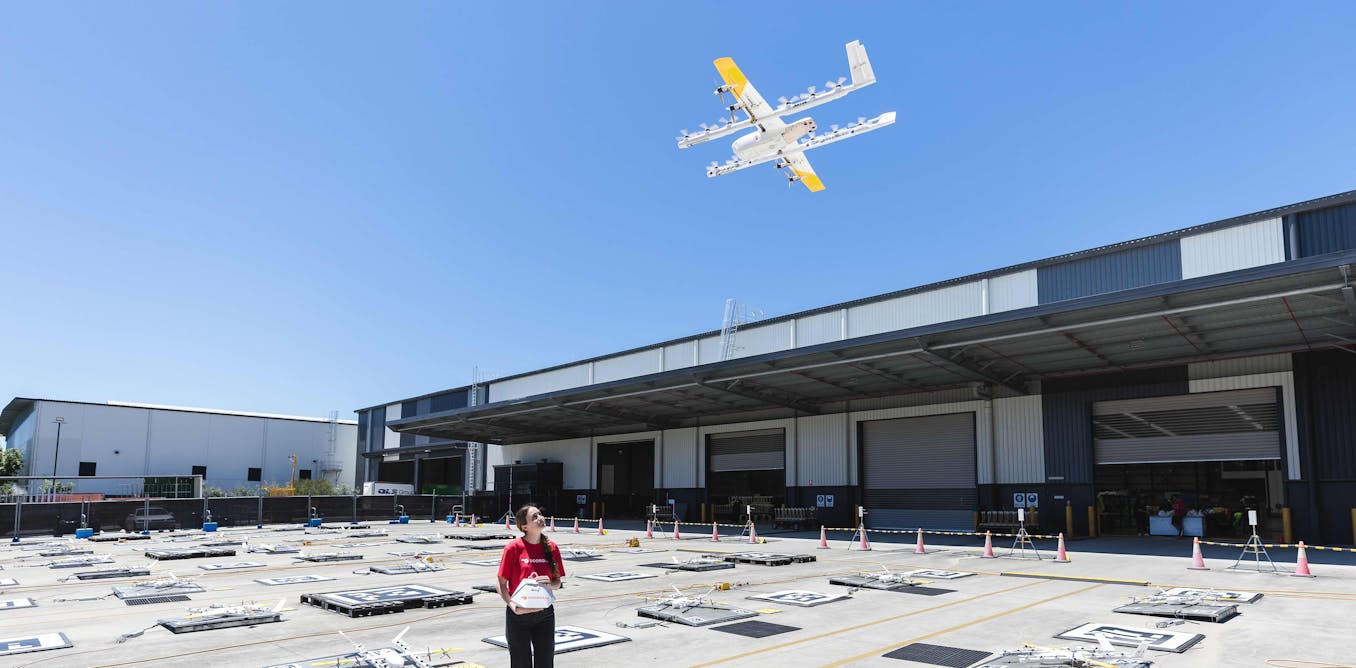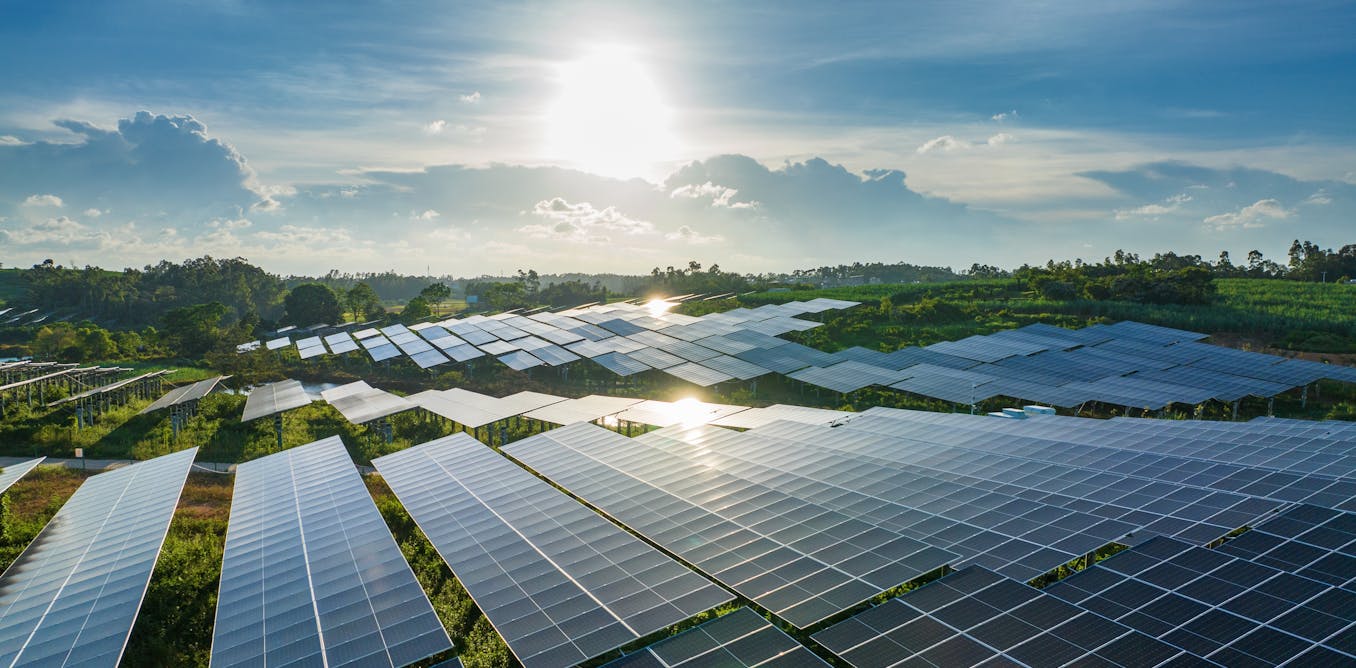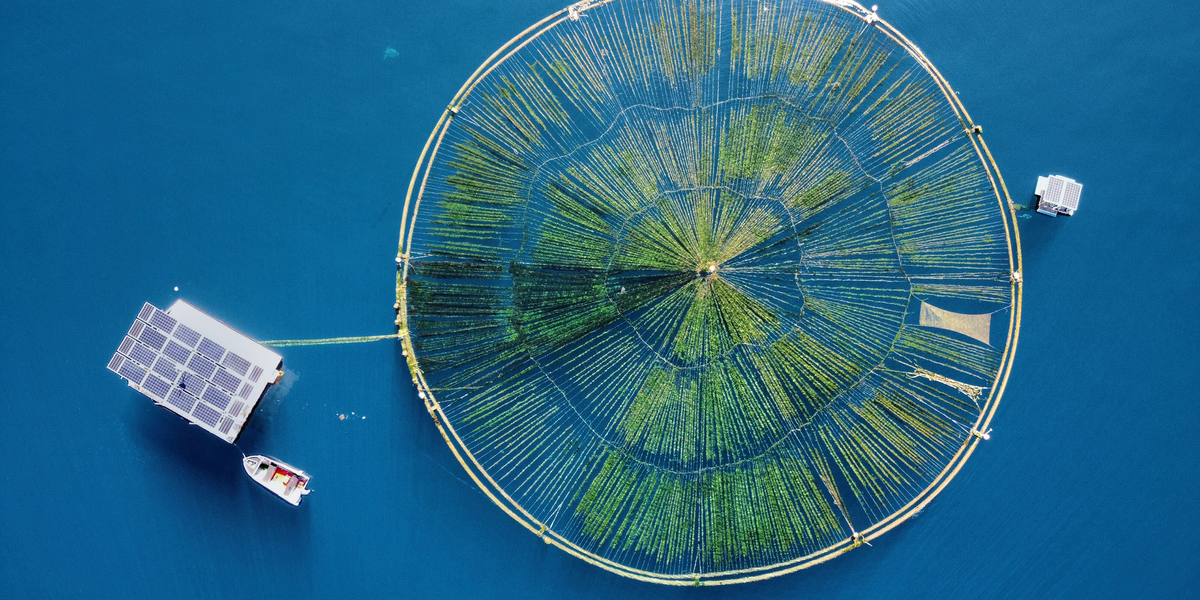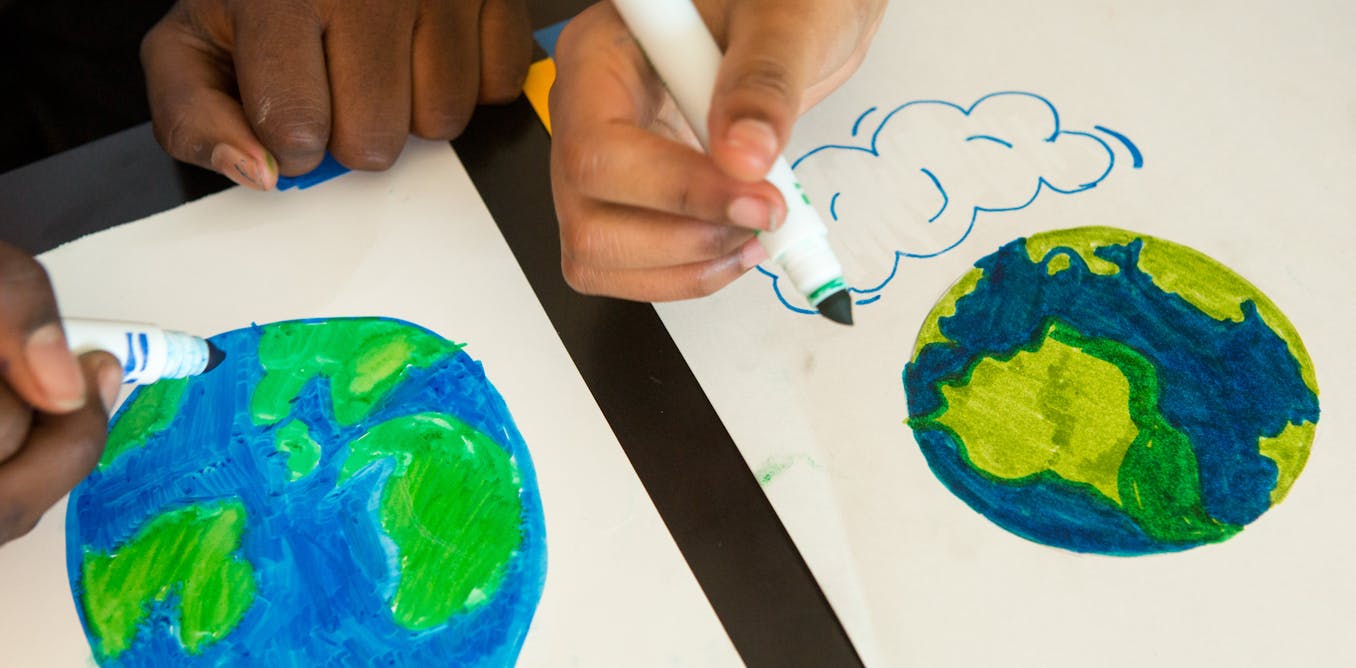Last January, in the waters off Cebu City in the Philippines, researchers first deployed a huge flexible ring seeded with seaweed and spanned by spokelike ropes and tubes. Every nightfall, cranks mounted on a floating platform lower the ring 25 meters below the surface to expose the seaweed to cooler, more nutrient-rich water. At daybreak, the cranks pull the ring back up to the surface to soak up sunlight and carbon dioxide.
The
Climate Foundation, the Seattle-based company behind the project, has found that this deep cycling makes kelp grow three times as fast as it can when kept in shallow waters, as seaweed farmers do now. The extra kelp can be turned into food, fertilizer, and fuel, or it can be committed to the deep, locking away countless tonnes of carbon for centuries.
These conclusions were predicted by the Climate Foundation’s computer models, supported by small-scale tests at the
Woods Hole Oceanographic Institution, and validated by field tests conducted since 2019 in the Philippines. This year, the startup plans to scale up to a 10,000-square-meter offshore kelp platform, which it expects to be economically sustainable.
“Over the past decade, we’ve gone from designing systems on a chip in Silicon Valley to systems on a ship in the Pacific Ocean,” says founder and executive director Brian von Herzen, who has a Ph.D. in computer science. “It’s our hope in 2024 to validate our model and then, as [they] say in Silicon Valley, design it once and build it a million times.”
The Climate Foundation is one of several startups growing kelp to remove carbon dioxidefrom the ocean. What sets it apart is its ambitious vision of fully automated, solar-powered,
floating kelp farms to spur local economies and regenerate marine ecosystems while sequestering carbon. Last April, the plan earned the company a milestone award of US $1 million from the XPrize competition on carbon removal.
“Over the past decade, we’ve gone from designing systems on a chip in Silicon Valley to systems on a ship in the Pacific Ocean.”—Brian von Herzen, Climate Foundation director
The oceans naturally absorb a quarter of the carbon that is released by the burning of fossil fuels. Today, ocean technologies that use chemicals and membranes to absorb even more carbon are getting support from billionaire philanthropists and governments. But growing kelp is a nature-based solution with fewer ecological risks, according to the
Environmental Defense Fund (EDF).
Kelp is the planet’s fastest-growing plant, soaking up 2,200 to 3,000 metric tons of CO
2 per square kilometer each year—more than tropical rainforests, according to the Climate Foundation. But the seaweed industry is collapsing as climate change warms the upper layers of the ocean, preventing nutrient-rich waters from rising from the depths.
When he started this project back in 2007, von Herzen planned to pump deep water up to the kelp. But his concept has evolved….
Read full article: Pilot Project Sends Kelp–and Carbon–to the Seafloor
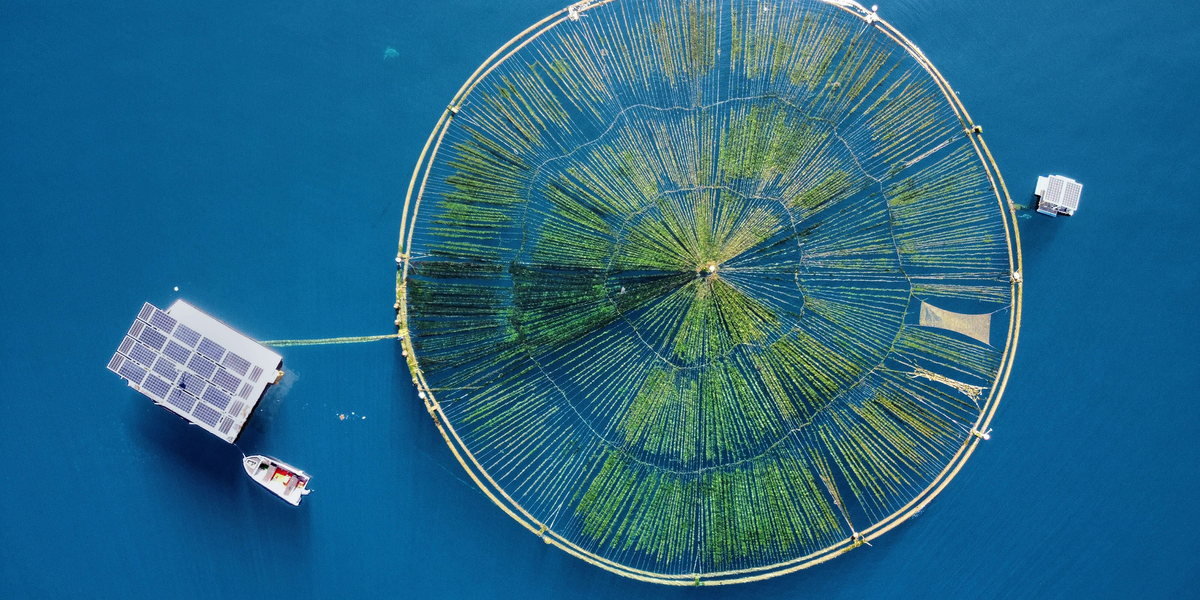
The post “Pilot Project Sends Kelp–and Carbon–to the Seafloor” by Prachi Patel was published on 12/21/2023 by spectrum.ieee.org







